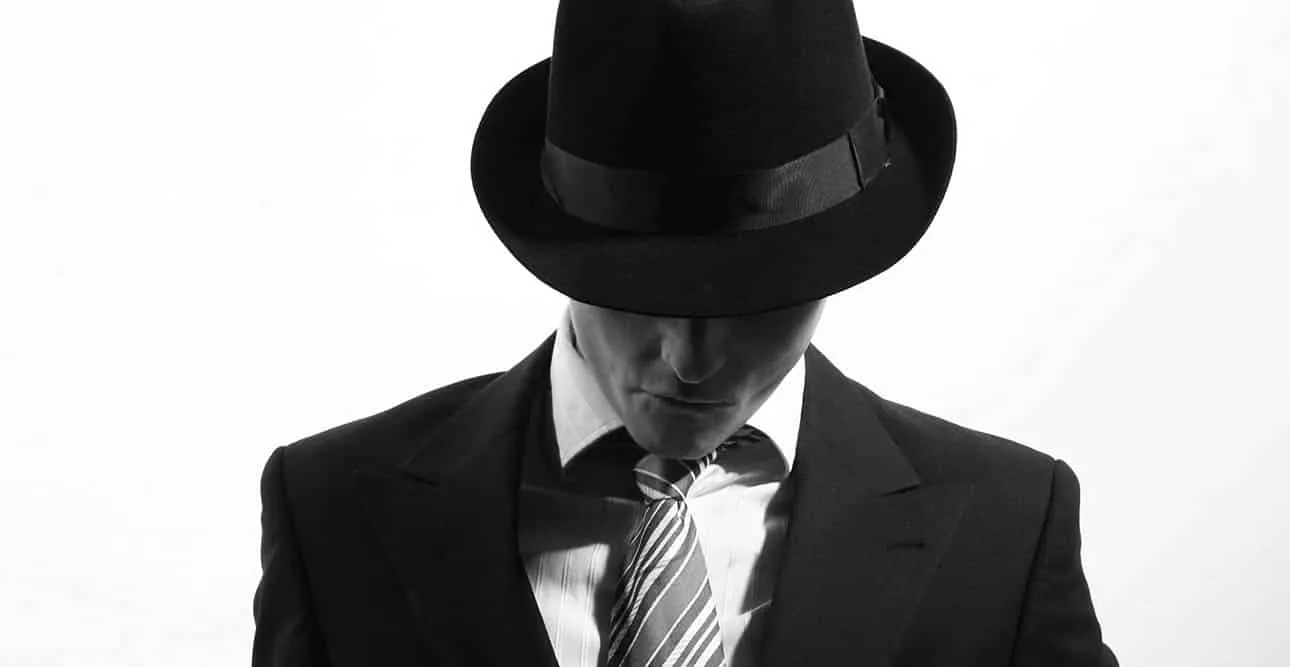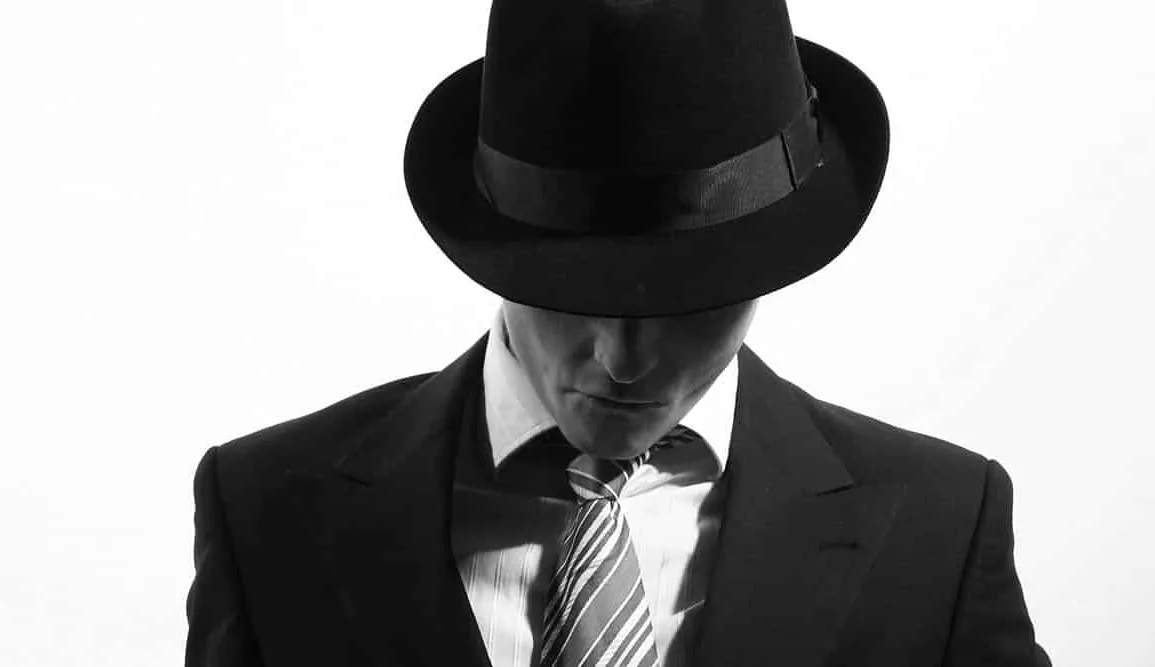
A century ago, an immigrant community in New York became the target of politicians, the press, and the police because of the crimes committed by a small number of violent men among them. The community, whose rapid growth alarmed nativists, suffered from the depredations of the criminal minority, who mainly victimized their own people. The non-criminal majority wanted police protection but not to be overpoliced or (mis)treated as suspects simply because of their national origins.
In the first decade of the 20th century, nearly two million Italian immigrants, mainly from Italy’s southern regions, disembarked at the Port of New York. Their ranks included criminals with greater or lesser ties to Italian organized crime groups, Sicily’s Mafia and Naples’ Camorra gangs. In New York, they preyed on Italians who had attained some degree of success, mainly merchants and small business owners, extorting them with threats of bombings and kidnappings. Victims received letters from “The Society of the Black Hand” demanding they meet the extortionists’ demands or their property would be bombed or their children abducted and killed.
At the height of Black Hand crime, bombings by extortionists were so common that New York acquired a reputation as the nation’s bomb capital.
As the violence continued unabated, the press denounced the police as incompetent, and Italian business people and professionals held public meetings to call for better police protection and more officers of Italian origin. In response, the New York Police Department in 1904 created a special unit comprising mainly Italian detectives, appointing Italian-born Giuseppe (Joseph) Petrosino as its commander. Soon, the Italian Squad was making headlines in New York and Italy for its success in solving Black Hand crimes and arresting their perpetrators.
Petrosino’s legendary exploits in fighting crime in New York’s Italian colony came to a bloody end on the evening of 12 March 1909 in Palermo, Sicily. As the detective walked past a city park, two assailants shot him four times and fled the scene. Petrosino was in Sicily to obtain criminal records to deport dangerous criminals from the United States to Italy. When he was killed, he was on his way to meet with two men who offered to help his investigation of Sicilian gangsters, including Mafia boss Vito Cascio Ferro, whom the detective referred to in his notebook as “the dreaded criminal”.
Petrosino’s mission was supposed to be secret, but his indiscreet superiors in New York publicly disclosed it, and the tabloid press picked up the story. His murder has never been solved; among the case’s other mysteries was why Petrosino, with his experience in fighting crime groups, would not only set out alone at night in Palermo on an anti-Mafia mission but also leave his revolver in his hotel room.
Veteran New York journalist Paul Moses tells the story of Joseph Petrosino and his detectives in The Italian Squad, a gripping and deeply researched work that chronicles the special unit’s history and personalities. Petrosino and his squad have been mythologized as unalloyed heroes, the commander as a martyr for the rule of law. Drawing on previously unearthed primary sources, including diaries and local, state, and federal government documents, Moses explores the Italian Squad’s activities from its founding to its dissolution in 1922. He brings to life, in vivid, detailed portraits, not only Petrosino but also the detectives who followed him as leaders of the squad, focusing particularly on investigators Anthony Vachris, Charles Corrao, and Michael Fiaschetti, all of whom were born in Italy. Moses portrays them warts and all, with their bravery and commitment but also their flaws, including a propensity for brutality.
Besides his formidable reportorial and research skills, Moses has a novelist’s flair for narrative, characterization, and scene setting. He evokes people and places with telling details; one criminal has “a dark mustache that didn’t quite meet at the center and eyebrows that did.” In Rome, two officers from the Italian Squad meet with an Italian government official in his office in the Palazzo Braschi, which they reach through “a monumental two-story staircase near the entrance, lined with eighteen red granite pillars that had originated in a portico Emperor Caligula built in the first century.”
Joseph Petrosino, born in a town in Italy’s Campania region, came to New York as a child. When he joined the police force, he found it difficult to be promoted because of anti-Italian bias in the Irish-dominated institution. He had a powerful backer, however, in Theodore Roosevelt, who, as head of the Police Board of Commissioners, appointed Petrosino to detective. After his death, Anthony Vachris (born Antonio Vaccarezza) succeeded him as head of the Italian Squad. Vachris, like Petrosino, had to confront ethnic bias, winning a court order to be promoted to detective sergeant even though he’d been found qualified for the post.
By 1909, Petrosino and Vachris were well-known in New York (and beyond) for their successes in combating the Black Hand, which, rather than being a “massive criminal conspiracy rooted in the Old World,” actually was “more of a brand name adopted by disconnected bands of thugs” who extorted Italian immigrant merchants and business people with threats of bombings and kidnappings. The Italian Squad not only battled criminal gangs, which grew in strength and organization over the first decades of the 20th century; they also faced political obstacles and entrenched prejudice against their ethnic community.
Inflammatory press coverage portrayed Italians as violent criminals, although contrary to these accounts, Italians were not overrepresented on criminal dockets. Southern Italian immigrants were viewed as a problem, and the pervasive hostility towards them made them insular. Moses notes that the Italian Squad’s immigrant detectives had to “persuade a community numbering in the hundreds of thousands that an obviously biased criminal justice system could treat Italian immigrants fairly.” When squad members arrested blackmailers, extortionists, and bombers, the press sensationalized the crimes, fostering the idea “that Italians were dangerous and unfit to be Americans.”
Anthony Vachris was convinced that Petrosino’s assassins were criminals he had sent back to Italy through deportation or intimidation. Vachris thought someone in the Palermo police department had tipped off Petrosino’s enemies that he was in the Sicilian capital. Francis Corrao, the brother of Italian Squad member Charles Corrao and the first Italian district attorney in Brooklyn, believed that “cozy ties” between the Mafia and Italian government officials played a role in Petrosino’s murder. More than a century later, collusion between Cosa Nostra and elements of the Italian state remains a serious threat to legality and democracy.
The Italian Squad recreates the political and social context of the era in which the Italian Squad operated when immigration to the United States was shifting from mainly northern Europe to southern and eastern Europe. The influx of non-Anglo-Saxon newcomers, deemed culturally and even racially inferior to northern Europeans, alarmed nativists, including US government officials. Congress appointed a commission to study the new immigration and make policy recommendations. In its 41-volume report, the commission noted that immigrants generally were no more likely to commit crimes than native-born Americans, but it did single out Italian criminality, making “dubious use of data to paint Italians as violent.” Most of the commission’s recommendations to restrict immigration from Italy eventually became law, most stringently in 1924.
So much of what Moses recounts strikes the reader as past-is-prologue: the opposition to immigration by people supposedly unfit for US citizenship; institutional racism and ethnic bias; the police as an instrument of political surveillance and repression; police corruption and brutality. A reformist mayor, William J. Gaynor, made it a personal mission to investigate and punish police misconduct, warning that in his administration, “it will be deemed a greater offense to commit an unlawful battery on a citizen, or to unlawfully enter a house, than to let a criminal escape.” Gaynor’s attitude is not shared by New York’s current mayor and former police captain, Eric Adams.
The violence Gaynor wanted to end was ingrained in the NYPD. The creator of the modern detective bureau, Superintendent Thomas Byrnes, “indoctrinated his sleuths in a grueling interrogation method” that became known as “the third degree”. Petrosino learned “policing in this school of hard knocks and passed it on to the men who worked for him. It was well known that he used harassment and extra-legal violence to get his point across.” That the Italian Squad members were “rough” was no secret, and the press, which found that the squad’s exploits made for juicy stories, wasn’t about to criticize its methods.
Corruption was rampant in the NYPD, but the Italian Squad was “comparatively clean. .One reason was that the Italian detectives were ethnic outsiders “cut off from the methodical graft rendered to police to permit gambling, prostitution, and liquor law violations.”
What today might be called “respectability politics” emerged in intra-ethnic controversies over the Italian Squad. Some Italian American prominenti (prominent people) argued that having an ethnically-designated police unit was an offense to their community because it suggested that Italians as a group were prone to crime. They saw that association as a threat not only to their people’s image but to their own recently attained class position. Others argued the squad was needed because Italian criminals were preying on decent Italians and that only Italian cops had insider knowledge of the community, its culture, and language (and regional dialects). They also believed that only Italian cops could overcome the reluctance of many of their paesani to cooperate with the police. The dispute was played out in public meetings and in the pages of the leading Italian newspaper in the United States, Il Progresso.
The Italian Squad detectives feared that some Black Hand gangs would “coalesce into more fearsome criminal enterprises.” One prescient squad member saw in the bombings “the beginnings of an American Mafia.” As Black Hand criminality mutated into something more dangerous and truly organized, the Italian Squad was diverted into one of greatest campaigns of political repression in US history, the raids on political radicals ordered by Attorney General A. Mitchell Palmer in 1919. The Palmer Raids were initiated in response to a series of bombings by anarchists but became a pretext for repressing leftists in general. Radicals “were arrested with little regard for whether they had committed crimes,” like the four men Italian Squad detectives picked up for distributing literature supporting the Russian Revolution.
FBI director William J. Flynn, formerly the New York chief of the U.S. Secret Service, returned to the city to lead raids on leftists; after a series of mass arrests, he crowed, “This breaks the backbone of the radical movement.” Moses notes that Flynn’s Red-baiting was a big change from when he worked with Mayor Gaynor, who “insisted that police respect the civil liberties of socialists.”
In 1922, the Italian Squad was merged with the NYPD’s Bomb Squad; the latter, however, was “really a Red Squad specializing in surveillance of radicals and mass arrests of political dissidents.” The former Italian Squad detectives did little of their previous work after the merger; more significantly, the change halted the “aggressive investigation of Italian organized crime in New York just as it was growing powerful, on the way to morphing into an American Mafia.” Under J. Edgar Hoover’s leadership, the FBI expended far more effort on surveilling and disrupting leftist organizations and social change movements than on the Mafia.
The Italian Squad couldn’t change the negative views of Americans towards Italian immigrants or stop the Mafia from developing; where they succeeded was “in the work they did with individual crime victims”, serving as “a bridge for an alienated immigrant community.”
To Paul Moses, the New York City he covered as a reporter during the 1980s and ‘90s resembled the city policed by the Italian Squad: crime waves, political corruption, and poor relations between police and minority communities. One difference, he argues, is that racist, eugenic notions about Southern Italians affected how the media, the criminal justice system, and elected officials reacted to crime among them. More recently, another minority has experienced similarly biased media coverage and law enforcement because of crimes committed by a few of its members. Early 20th century concerns about a secret police squad “targeted at one ethnicity” have been echoed “in present-day controversies over the NYPD’s surveillance of the city’s Muslim community.” The “belief that immigrants are crime-prone” has outlasted notions of inherent Southern Italian criminality.
The Italian Squad, unfortunately, disappoints in its epilogue. Moses writes that the struggle of the Italian Squad detectives “to explain their ethnic community to the police and the police to their ethnic community” continues for Black, Latino, Asian, and Arab cops. He ends with an anecdote about an NYPD officer, Jason Rivera, the son of immigrants from the Dominican Republic, who wanted to improve the relationship between his community and the police. Rivera was fatally shot while responding to a domestic call. The anecdote links, albeit awkwardly, Rivera to Joseph Petrosino. But Moses here evades the issue he pinpointed as critical in the early 20th century: systemic problems with policing.
Now as then, the NYPD acts as a political force and an instrument of class rule. The department has a well-documented history of abuse, particularly of racial and ethnic minorities and the poor, and flagrant corruption. Surveillance and infiltration of political movements and certain communities is a long-established practice, as The Italian Squad attests. The Police Reform Organizing Project (PROP), a New York City advocacy organization, exposes racial bias in arrests and the negative effects of “broken windows” policing on low-income communities. The American Civil Liberties Union criticized the NYPD’s Demographics Unit for “pervasive” and “discriminatory” surveillance of Muslims that “is not conducted against institutions or individuals belonging to any other religious faith, or the public at large.” (The NYPD disbanded the unit in 2014 after its tactics became the subject of two federal lawsuits.)
In 2017, the New York Civil Liberties Union sued the NYPD over the so-called Glomar Doctrine, which the department invokes to refuse public records requests about its surveillance activities. In March 2023, New York City agreed to pay more than $21k each to hundreds of protesters who were surrounded, arrested, and subjected to excessive force by police during 2020 protests over the murder of George Floyd.
The Italian Squad doesn’t acknowledge any of this. Moreover, by reducing issues of policing and ethnic communities to heroic officers who struggle to protect their communities from both crime and abusive cops, the book skirts the fundamental problem—the nature of policing in the United States. Moses’ ending is a letdown, but The Italian Squad nonetheless is a true-crime story expertly told and, though set in a bygone century, relevant to today’s concerns about immigration, prejudice, and policing.



